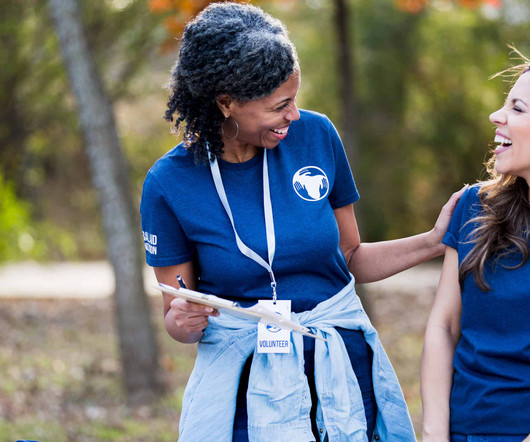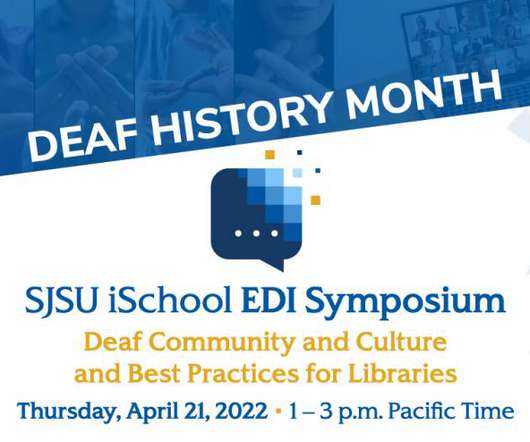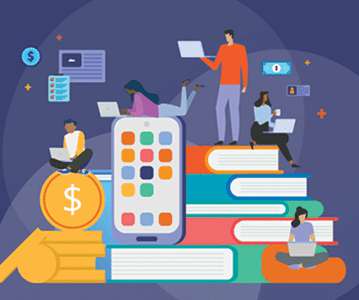Partner Spotlight: United Way of Greater Cincinnati
Education Superhighway
NOVEMBER 7, 2023
One cohort member, the United Way of Greater Cincinnati (UWGC), has been advancing ACP advocacy work in southwest Ohio and the tri-state area. By 2025, we aim to increase digital access by 5 percent, with a particular focus on families with low incomes. We realized that advocacy would be a critical piece of the puzzle.
















Let's personalize your content